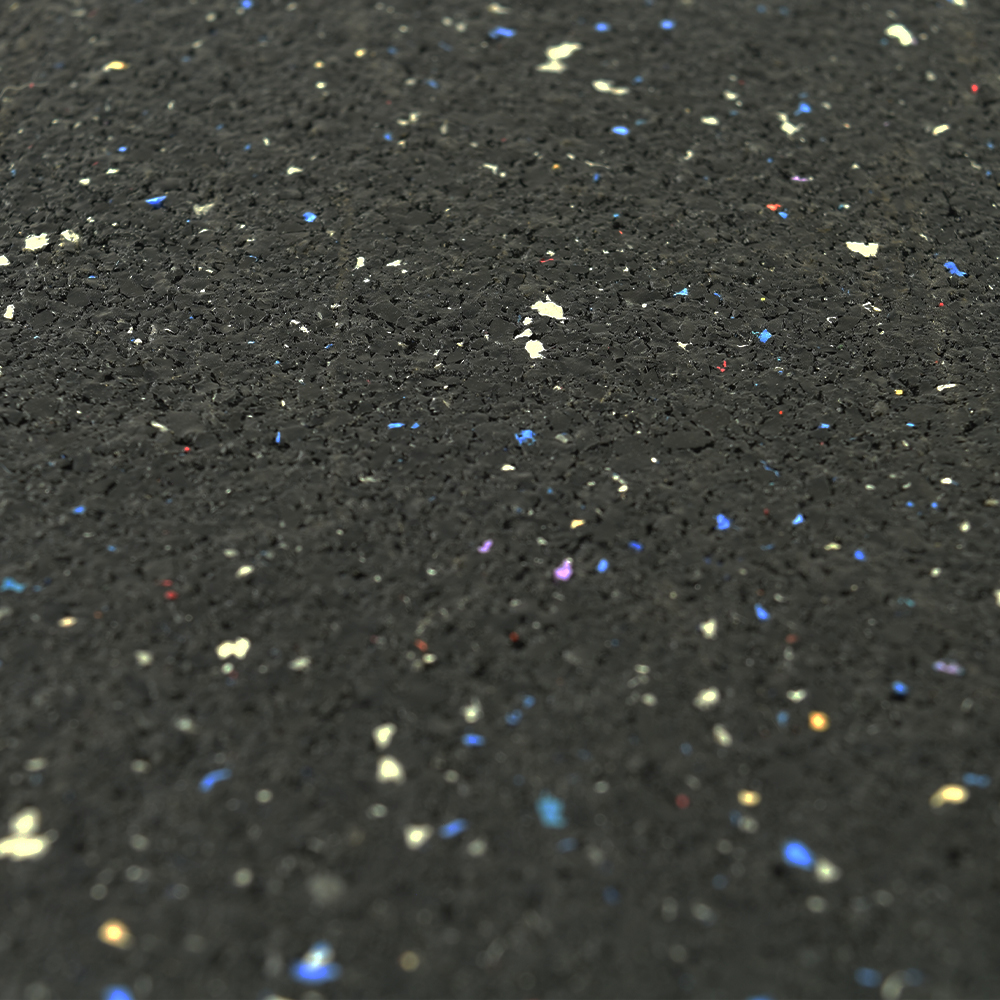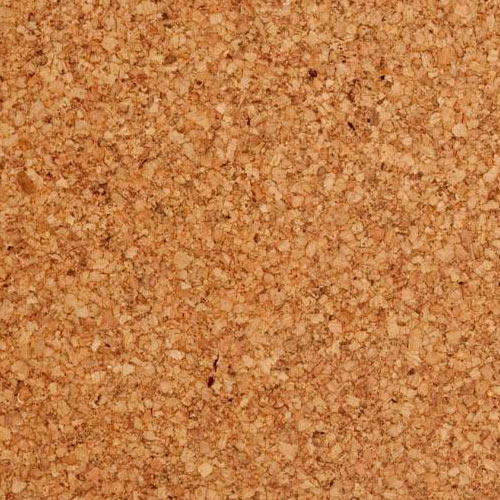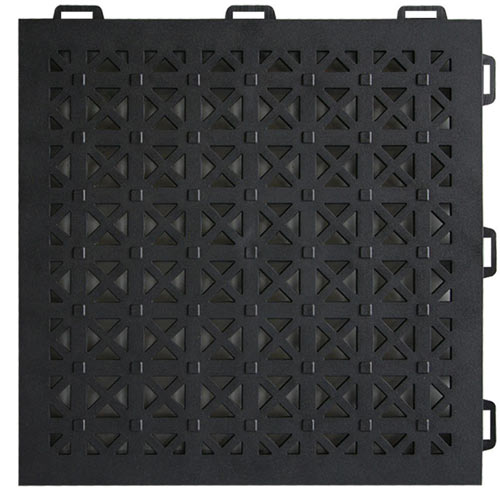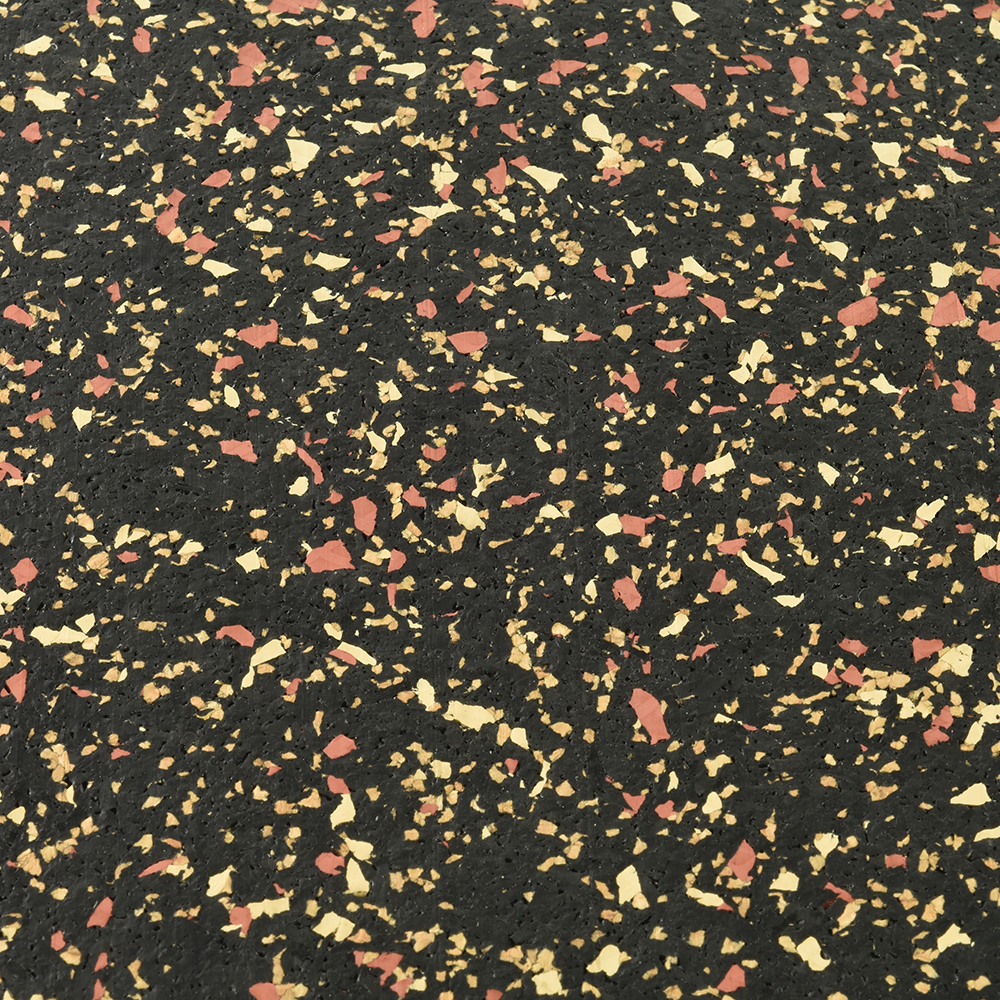Top 11 Eco-Friendly Flooring Materials - Green Flooring
Related Product: Rubber Floor Underlayment 2 mm x 4x50 Ft. Roll
Among the options to consider are sustainability, recycled content, reclaimed materials, recyclability, carbon footprint, transportation, and toxic content. Then there are the aesthetic, comfort, health, safety, and durability components of making your flooring selection. We'll take a brief look at each of the most popular recycled and eco-friendly flooring options on the market today.
Rubber
Pros
- Rubber flooring, typically used for gyms and playgrounds, has also migrated into the kitchen due in part to its versatility and anti-fatigue properties.
- Made from ground-up tires, rubber floors are durable, low maintenance, and comfortable to stand and walk on.
- Rubber floors protect the existing floor beneath them, as they are both impact and water resistant.
- Recycled rubber also serves as a thermal and sound insulator and is fire resistant.
- Rubber flooring can also come in numerous color and pattern options, lending to creativity in modern home designs.
Cons
- Many rubbers can emit gases and odors, making well-ventilated areas the typical location for rubber floors.
- While many rubber floors provide solid slip resistance, untextured surfaces can become slippery.
- It is also susceptible to seepage and staining issues if not cared for properly.
Cork
Pros
- Cork flooring offers a unique blend of being both a recycled product and a sustainable one. Typically made from the waste cork in the bottle stopper manufacturing process, cork floors can also boast that their material is easily replenished. Cork is carefully harvested from the bark of a cork oak tree, which can grow back its bark in approximately three years.
- This material is not only fire retardant, but it also has natural insect repellent and antimicrobial properties, reducing allergens in your home.
- Cork's natural elasticity provides ''give'' when a person steps or stands on it, making for a comfortable flooring option.
- It also provides both thermal and acoustic insulation and recovers well from marks and indentations left by high heels or furniture.
- Cork is also buoyant and impermeable to gas.
Cons
- Unfortunately, cork trees only grow in a limited geographical area in the Mediterranean, so careful harvesting is a must.
- Cork flooring can also be easily damaged by sharp objects such as pet nails or dropped knives. Permanent indentation can occur if heavy furniture sits on it for a long period of time.
- While cork is water resistant, spills need to be cleaned up quickly to prevent absorption.
- Cork flooring is not recommended for use in basements or over in-floor radiant heat systems.
PVC Plastic
Pros
- While not typically viewed as environmentally friendly, PVC flooring can be a good option for green flooring, as some manufacturers have been able to use recycled plastic material to make a high-quality, durable floor covering. One of these tiles is the black StayLock Tile sold at Greatmats.com, which consists of 100 percent recycled material.
- They can also be recycled again at the end of their useful lives.
- Flooring tiles such as these also eliminate the need for adhesives and are nonabsorbent and resistant to most acids and oils.
Cons
- PVC is a synthetic material and is much harder to give a natural-looking appearance.
Bamboo
Pros
- Harder than the hardest hardwood and quick to regenerate, bamboo has become a popular green flooring option. This durable grass grows to maturity in 3-6 years and is very lightweight.
- Bamboo floors are resilient, easy to maintain, and easy to install and come in a wide array of colors.
- High-quality bamboo is also insect-, water-, and mildew-resistant and does not crack.
Cons
- Of the thousands of varieties of bamboo available, very few are appropriate for flooring. Improper varieties of bamboo are often sold and used and will not hold up to the demands of a flooring environment, resulting in shrinking, cupping, and delaminating.
- Bamboo flooring cannot be used over in-floor radiant heat systems.
Concrete
Pros
- Often used as structural subflooring, concrete can serve double duty when polished or tinted for a finished look. Concrete can also create a tiled effect using different colors. Other materials, such as glass, can be inlaid for endless design possibilities.
- Polished concrete is durable, easy to clean, and will not conceal allergens such as dust or mold.
- It is also a good heat conductor and a viable option for use with radiant floor heating systems.
Cons
- Concrete offers little-to-no physical comfort value as a hard, unforgiving surface.
Linoleum
Pros
- Often confused with chemical-based vinyl, linoleum is created with natural materials, including linseed oil, cork dust, tree resins, wood flour, pigments, and limestone.
- It is fire retardant and water resistant as well as durable against wear and tear.
- Natural linoleum is allergy and asthma friendly as well as being biodegradable.
- It can also serve as a sound absorption tool.
Cons
- Linoleum must be polished to resist stains.
- While the linseed oil is non-toxic, it does emit aldehydes that may produce an odor.
Reclaimed or Salvaged Wood
Pros
- Reclaimed wood reuses existing wood from trees that died long ago. It can be milled from previously chopped trees, standing dead trees, or lumber from deconstructed buildings.
- Reclaimed wood gives a rustic look and gains character from imperfections such as streaking, nail holes, and knot holes.
Cons
- Some woods are not appropriate for radiant floor systems, as it may cause them to warp or split.
- If the trees and/or lumber originate from a long distance away from where they will be used, the cost and resources used to transport the material may outweigh its benefits.
Natural Fiber Carpeting
Pros
- There are several options for carpeting made of natural materials - such as wool, hemp, sisal, jute, seagrass, linen, coir, and cotton.
- Wool is durable and can last for centuries.
- It can also be easily dyed so you can have the color of your choice.
- Wool repels water and serves as a good insulator while also being fire resistant.
- A wool-hemp blend adds in mold, mildew, pest, and UV resistance.
- Grass-based carpeting is affordable, versatile, easy to install, and sustainable.
Cons
- Carpeting in general collects dust, dander, and chemicals and absorbs gases.
- Wool carpeting should only be used in well-ventilated and relatively dry locations. It is not a good choice for areas such as bathrooms.
- Grass-based carpeting is susceptible to deterioration when exposed to sunlight and water and has limitations to color varieties, as some cannot be dyed.
Terrazzo
Pros
- Terrazzo is made of small pieces of marble, granite, glass, etc. set in concrete or an epoxy-based adhesive.
- It is nearly indestructible, with an expected life span extending beyond four decades.
- Terrazzo typically won't chip, stain, burn, or support bacterial growth and has endless design possibilities.
- After its useful life, terrazzo can be recycled.
Cons
- Terrazzo flooring is very hard and is punishing to stand on for long periods of time
- Epoxies often contain forms of volatile organic compounds, which can be harmful to air quality.
Recycled Glass
Pros
- Making use of used wine and beer bottles that could otherwise fill up a landfill.
- Glass tiles are non-absorbent, meaning they won't mold or mildew in damp environments.
- They also come in limitless color options and won't stain.
- Glass reflects light, providing extra illumination for otherwise dark rooms.
Cons
- Glass is not an impact-resistant material and can be quite fragile.
- It also can cause body fatigue as an unforgiving, hard surface.
Leather
Pros
- Leather flooring provides a soft, warm feel underfoot - ideal for bedrooms and other areas without a lot of heavy traffic.
- Like reclaimed or salvaged wood, leather also provides character as it ages.
Cons
- Leather is not moisture resistant, making it a poor choice for areas such as kitchens, bathrooms, or basements.
Flooring options made of recycled materials can go on and on. There is carpeting made of recycled plastic bottles, used vinyl, and used nylon carpeting. There are hard floors made of antique bricks and cobblestones or gypsum from recycled drywall. Even standard vinyl or ceramic tile floors can be recycled and used again. With so many environmentally friendly flooring options available today, why not save our natural resources and give eco-friendly flooring a try.



